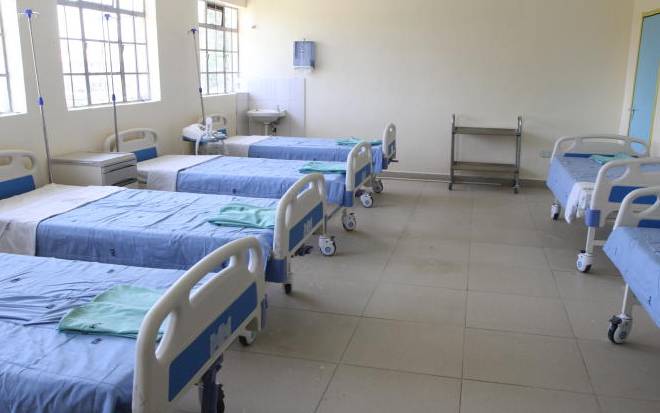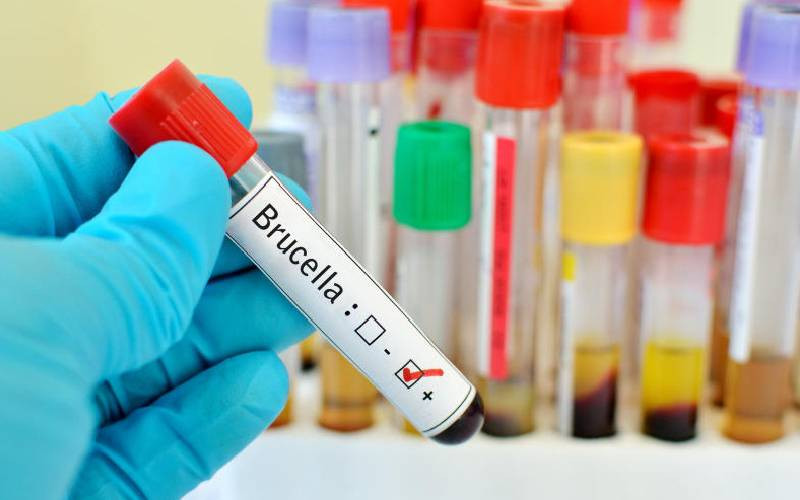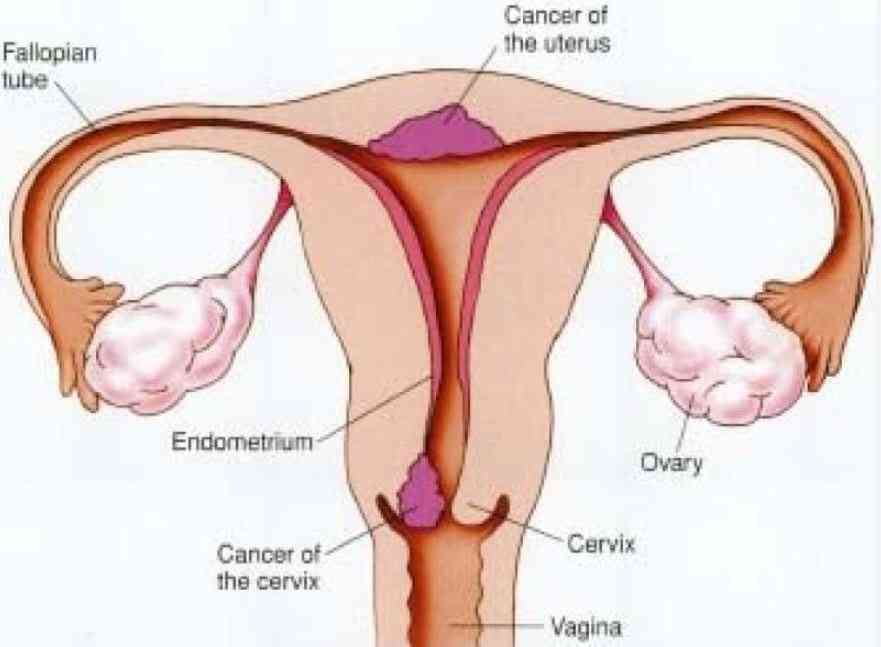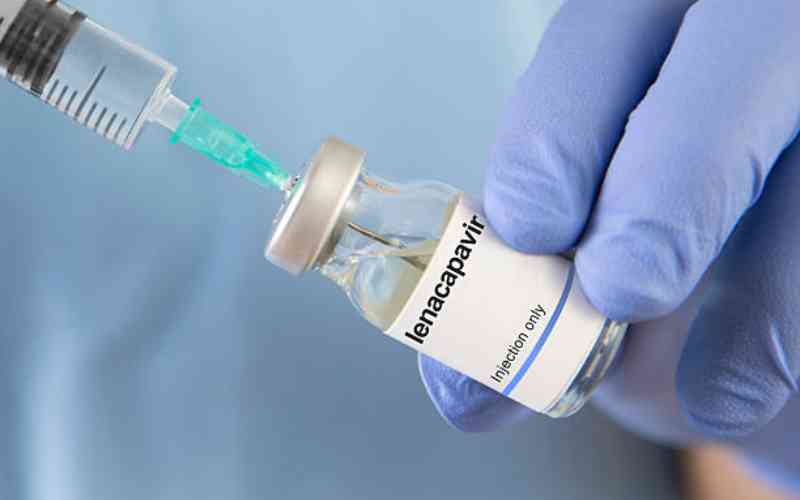
The upgraded wing of Mbagathi Hospital, Nairobi, being prepared for handling cases of the deadly coronavirus. It was that was launched by the Health CS Mutahi Kagwe,March 6, 2020. [Elvis Ogina,Standard]
At the heart of Mbagathi Infectious Disease Unit, the designated primary isolation centre for Kenya, are only six doctors and 14 nurses doing the day-to-day tasks of fighting the novel coronavirus pandemic.
While they still remain faceless and nameless for now, the weight of Kenya’s state of unpreparedness, if the isolation unit is a reflection of the whole country, is weighing heavily on them. Now they are talking about the challenges facing them and the country.
The health care workers, whom the President and the Health Cabinet secretary, have lauded as heroes and heroines on the frontline, are working under harsh conditions. It has been a nerve-racking two weeks for most of them who had less than a week to step up, following the presidential decree to have the facility up and running soon after Kenya’s Patient Zero was announced.
Hectic working shifts
Behind the pristine allure of the beige and blue colour-coated building is what might be a petri dish for more coronavirus transmissions.
“It is a contraption of beds with little reference to contamination; something that should have been dealt with prior to the patients being admitted,” a doctor whose identity we cannot disclose for fear of victimisation told The Standard.
The doctors work on 12-hour shifts, from 8 am-8 pm, one doctor per shift. Nurses, on the other hand, work 8-hour day shifts from 8 am to 4 pm, and night shifts of 16 hours from 4 pm to 8 am. The nurses are four during the day and three at night.
“With the current set up, we need a better rota that covers triage, case filing, donning and doffing (removing) of the personal protective equipment (PPE) without contaminating the officers,” one said.
The medical personnel raised concerns that there was no adequate training to prepare them to handle this pandemic. The team is comprised of young doctors and nurses, with a few specialised nurses, a few of whom have had no prior experiences in the frontline of epidemics.
Part of the preparation should have been a proper triage to ascertain their individual medical fitness before being assigned to the unit. Officers with pre-existing conditions might find themselves covering such a high-risk area, but as it stands, none is certain about who among them is vulnerable and therefore should be dropped from the team.
A danger to families
“This was a gross oversight, as we needed to have been swabbed and tested before coming here, but that did not happen and I will not be surprised if you start seeing staff falling down like flies,” one said.
This raises questions about their safety, that of the patients and more for the families that they go back home to. Ideally, these frontline staff should have been withdrawn from the general population because of the risk they carry every day after interacting with suspected and confirmed novel coronavirus cases.
“When you go home, your spouse doesn’t want you to come close because they are not sure if you have gotten anything from work that you are bringing home. If your wife says you are bringing coronavirus to the house, what do you do?” posed one member of the team.
A secluded area, far removed from the isolation facility’s areas like the triage point, should have been identified for proper decontamination at the end of a shift. To minimise contamination, some staff wear scrubs, which at the end of the day they remove and put in a bag away from other clothes, carry them back to their homes for washing. Those who don’t have scrubs make do with what is available.
To enhance safety for everyone, they synchronise all their activities to reduce movement in and out of the bed area. They opt to provide food, medicines and do their regular observations (e.g. temperature, blood pressure checks) all at the same time.
“Luckily, we have not had critically ill patients, they have all been stable and therefore when you need to do a review, you also use that time to address all other issues that might have come up when one is not in.”
The experiences of these frontline officers speak to fears expressed on social media by people in quarantine about the quality of treatment and care they are getting at the Mbagathi Isolation Unit.
“It’s like we have taken this lightly,” one of the medical officers warned with a wry smile.
The staff still have to board matatus and other public means of transport to work. Some live far, and with the limited staff, the officers think that having accommodation near the isolation unit will make the long working hours bearable.
“We should have had a quarantine/isolation centre for staff where we check-in and out to limit further transmission of the virus and risk to the public at large, should any one of us get infected in the line of duty,” said another.
In case of any contamination of staff, it will be challenging to do a forensic audit to determine the source of the infection with all these loopholes already in existence even as more people are isolated and quarantined in the facility.
“There should be two of us at the triage area for example,” they explained.
“One person serves as a witness for their colleague to observe what they’re doing in the event they get a torn glove, they touch their face or PPE leaks, among other errors that might occur in the line of duty.”
The number of staff at all times should be even, but this is not possible because of the limited pool available, with three nurses covering the night shift. In case of contamination, it will be a tall order determining the source – either at the frontline or from the community that they keep interacting with after working hours.
The trouble with protective gear
The PPEs, or the lack thereof, is a major concern for the staff who have had to use the few available in small measured doses like medicine. These frontline officers say some of the PPEs are either too small or too big. Some find them too tight and within one hour the situation inside the PPEs is unbearable. The critical care nurses, if called upon, will suffer the most as at any one time they need to be donned for a minimum of six hours while in a shift.
The staff can do with light PPE, which comprises a gown covering up to the neck, a polythene apron, cap/headcover, mask and good quality nitrile gloves for light duties in the facility. While attending to patients, they need overalls that cover them properly. Re-usable items like gumboots and goggles or face shields which are decontaminated for re-use.
The officers are yet to sign special contracts with the Ministry of Health reflecting the delicate assignment at the frontline and compensation, should they contract the virus. The frontline staff extends to laboratory technicians, physiotherapists, clinical psychologists and counsellors, watchmen and cleaners who also ought to have been adequately trained on handling COVID-19, but the focus has mostly been on nurses and doctors.
The nurses and doctors warn that outsourced personnel such as watchmen should be trained before deployment to the isolation facility which puts them in the direct line of fire.
Personal space
“The management team has never come here since it was opened, only the Head of Infectious Disease Department Dr Jackson Atina comes,” they said.
The building has no personal space for the patients as would be expected of an isolation unit, like the 18-bed capacity TB-isolation unit at the Kenyatta National Hospital. The rooms should have negative pressure that allows air in, and not out to contain the virus, as per standards set in the TB Isolation Policy by the Ministry of Health. Negative pressure rooms, however, are capital and labour intensive.
“Maybe this building should be reviewed by WHO and closed as an isolation facility, starting from workflow processes and demarcations for infection prevention and control,” one of the officers said.
With the potential risk of critically ill Covid-19 patients needing critical care, the isolation unit at Mbagathi has no capacity for this, as it requires ventilators, suction points and regular oxygen supply at the very least.
“The health system is not prepared for this as one critical care bed needs three nurses to work eight-hour shifts, intensivist (doctor) and laboratory support round-the-clock, biomedical engineer for all the equipment in use, physiotherapists, occupational therapists and we haven’t even listed the support staff,” another warned.
With clear evidence of community transmission of the novel coronavirus, Kenyans might find themselves at a precarious position if this last line of defence (healthcare providers) is porous.
 The Standard Group Plc is a multi-media organization with investments in media
platforms spanning newspaper print
operations, television, radio broadcasting, digital and online services. The
Standard Group is recognized as a
leading multi-media house in Kenya with a key influence in matters of national
and international interest.
The Standard Group Plc is a multi-media organization with investments in media
platforms spanning newspaper print
operations, television, radio broadcasting, digital and online services. The
Standard Group is recognized as a
leading multi-media house in Kenya with a key influence in matters of national
and international interest.











